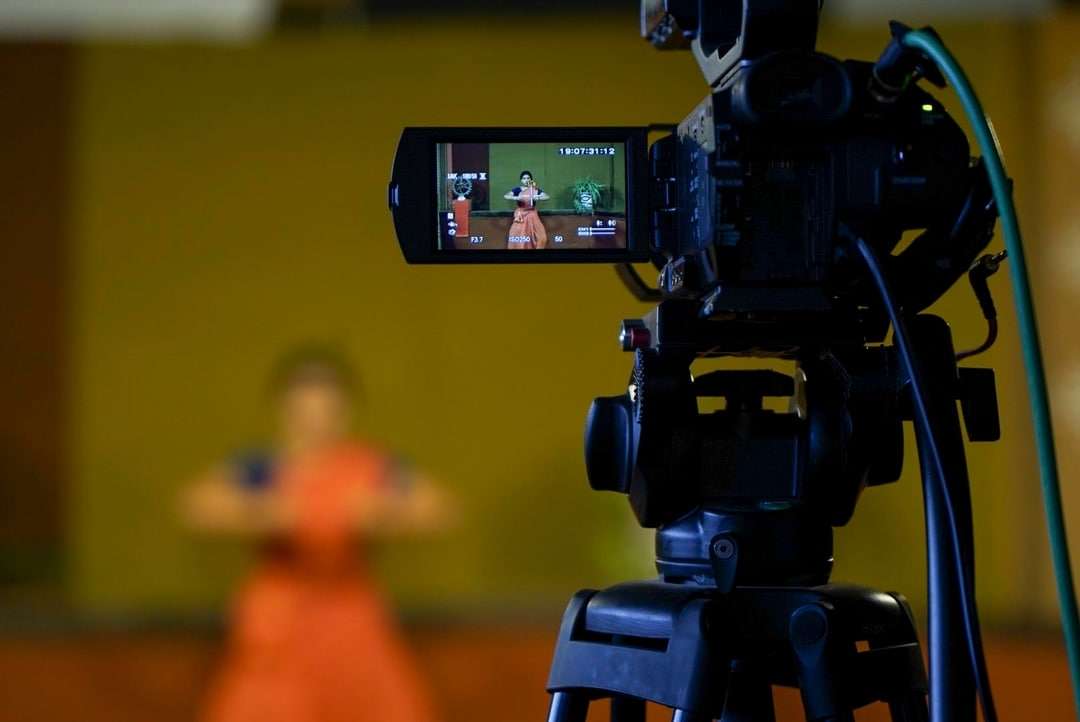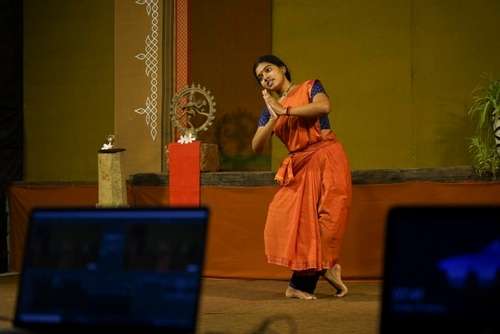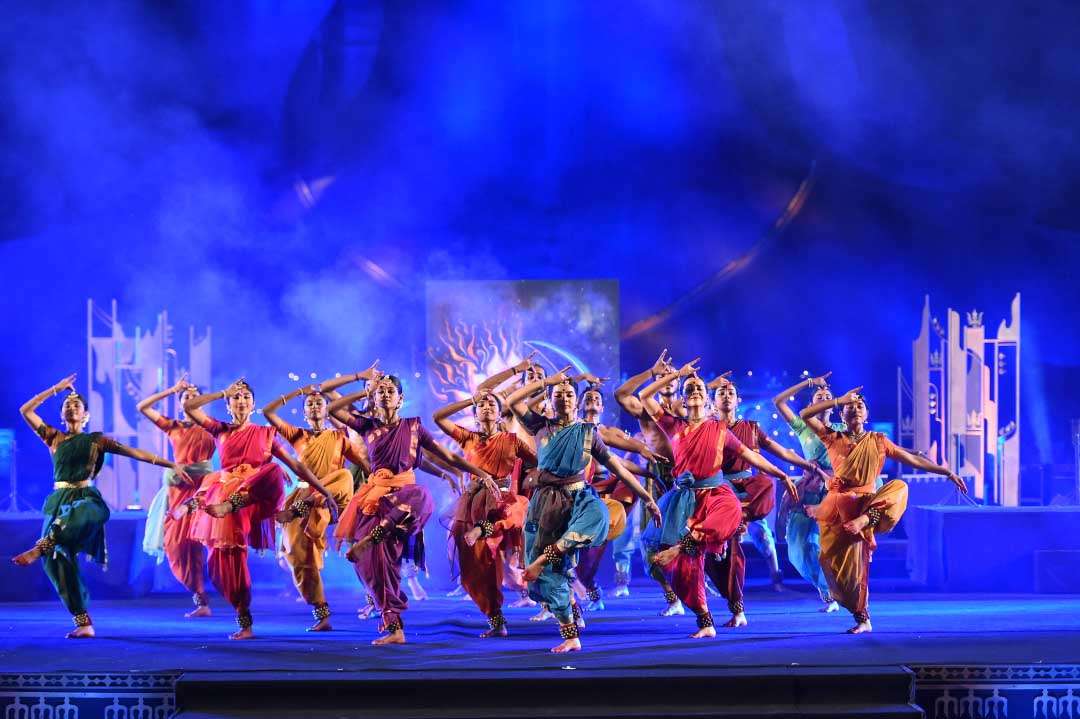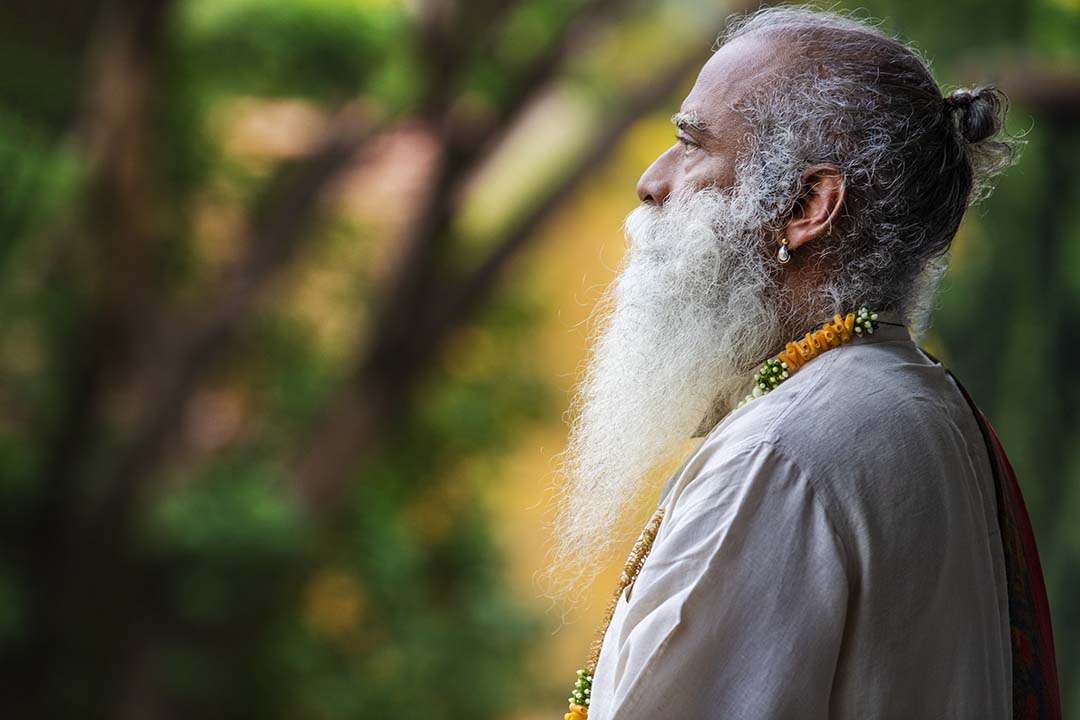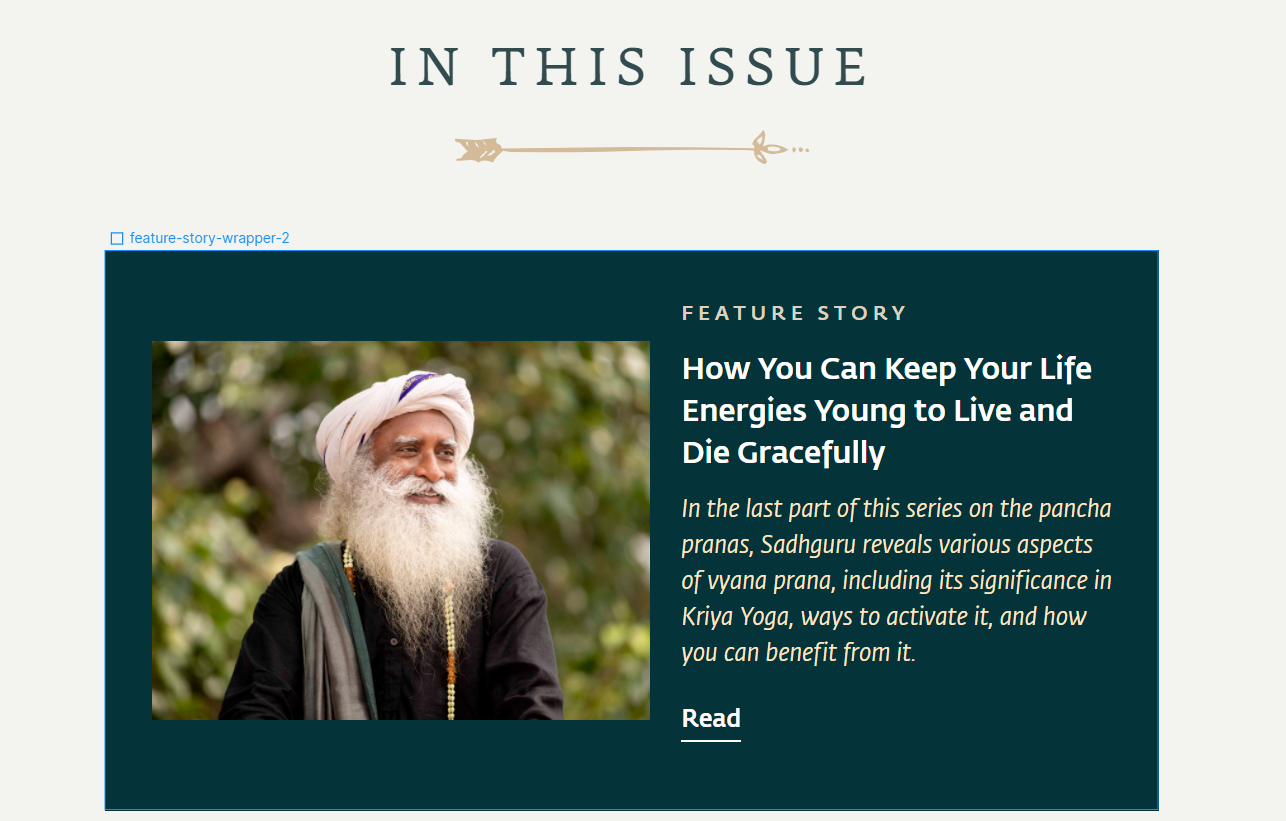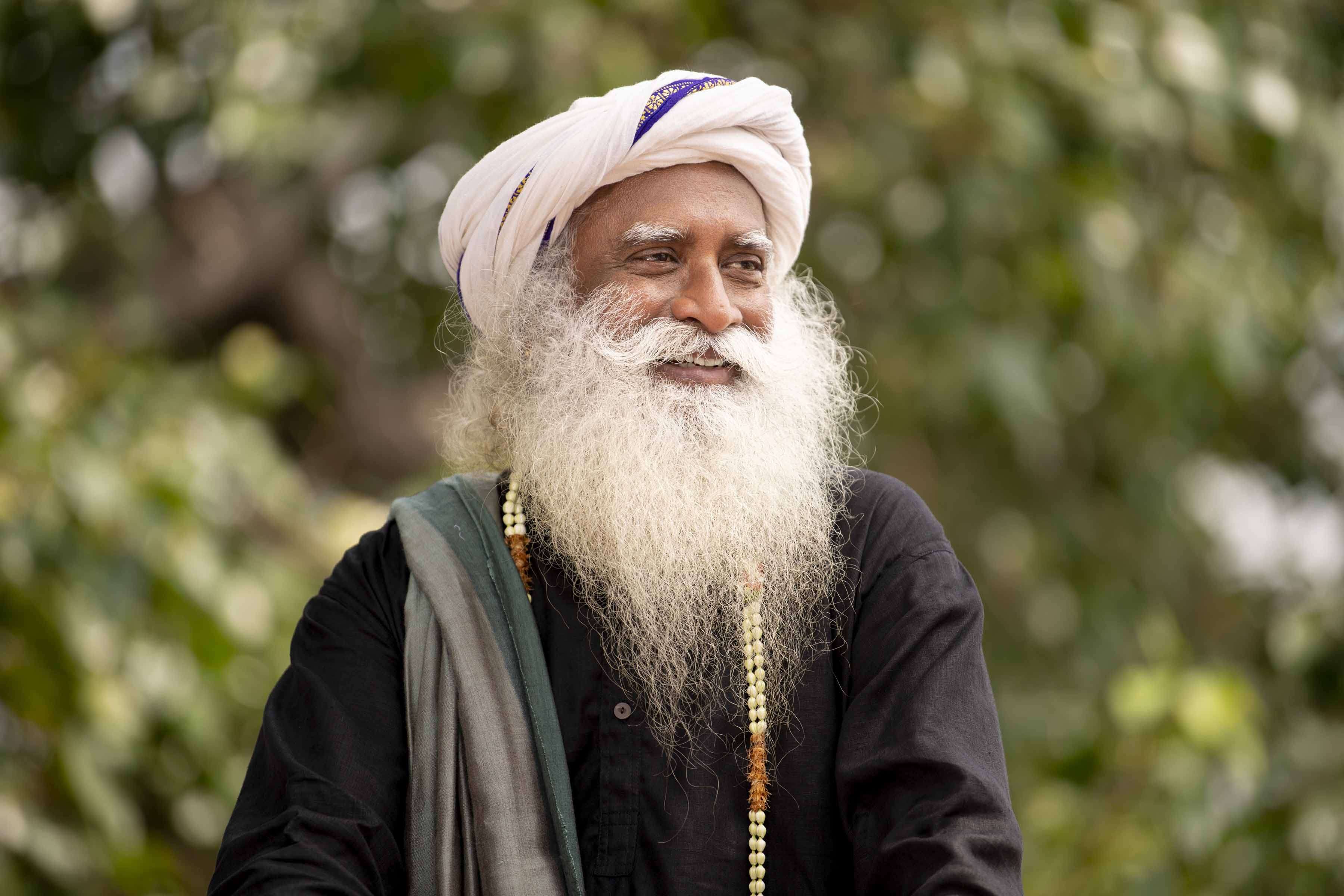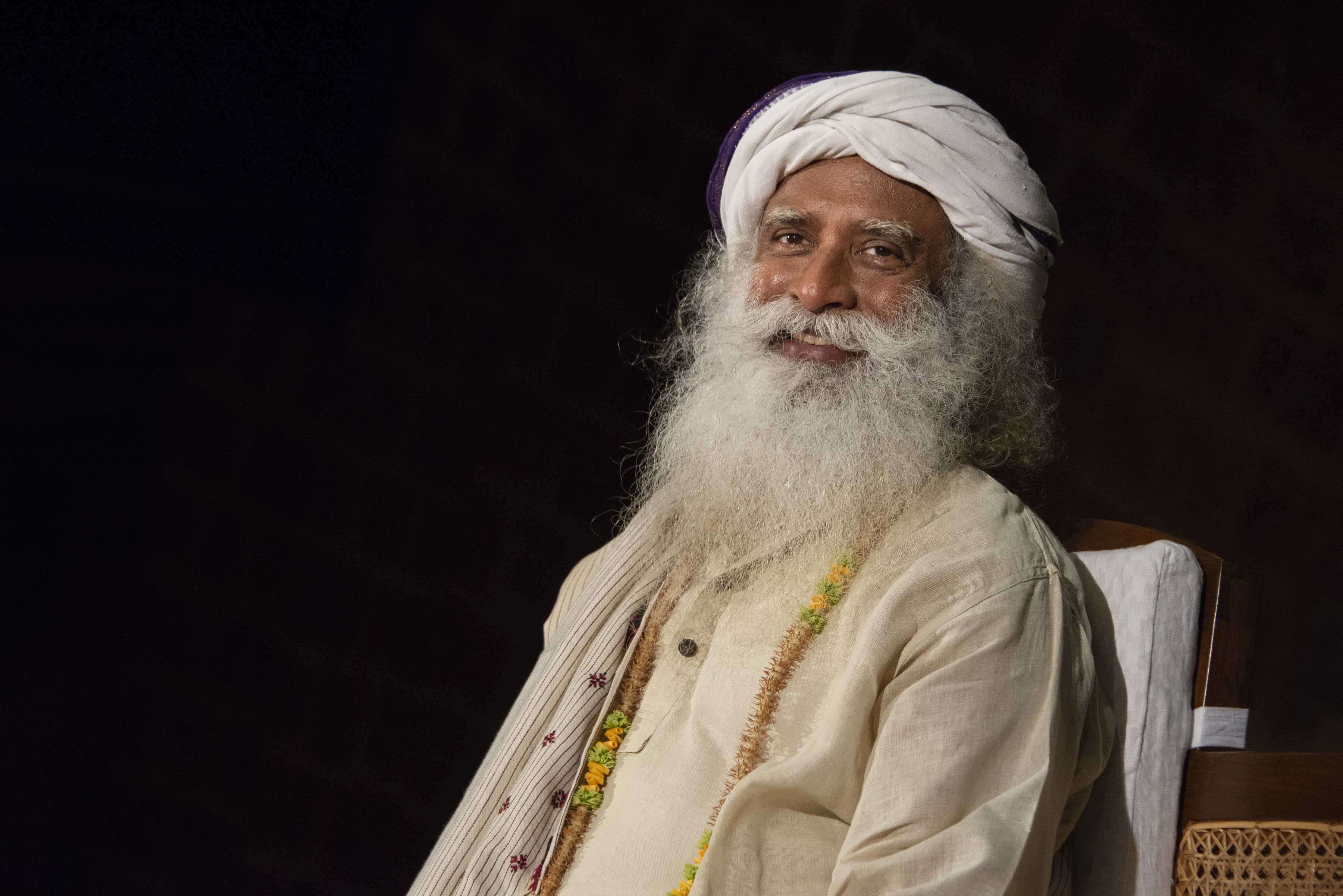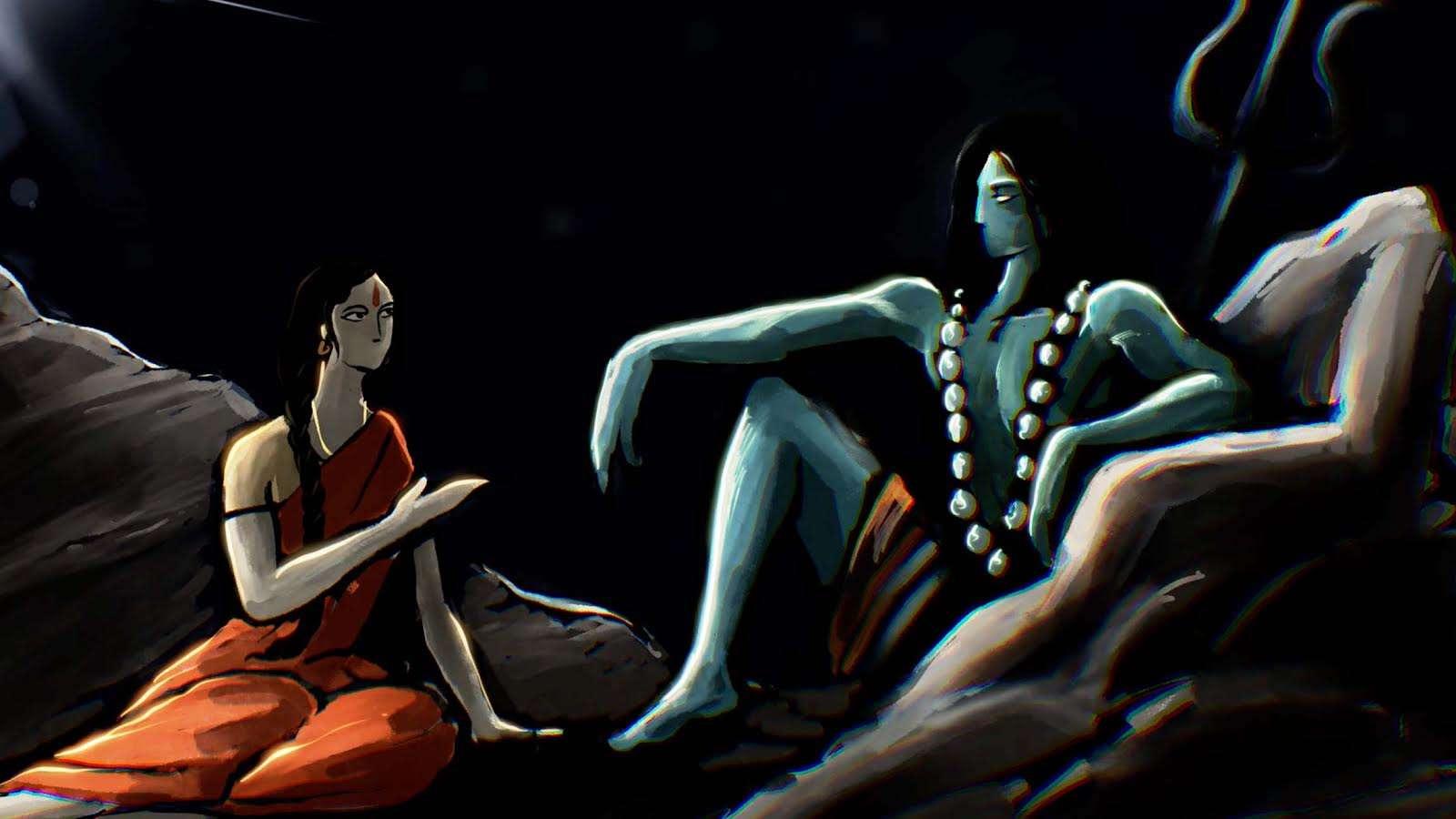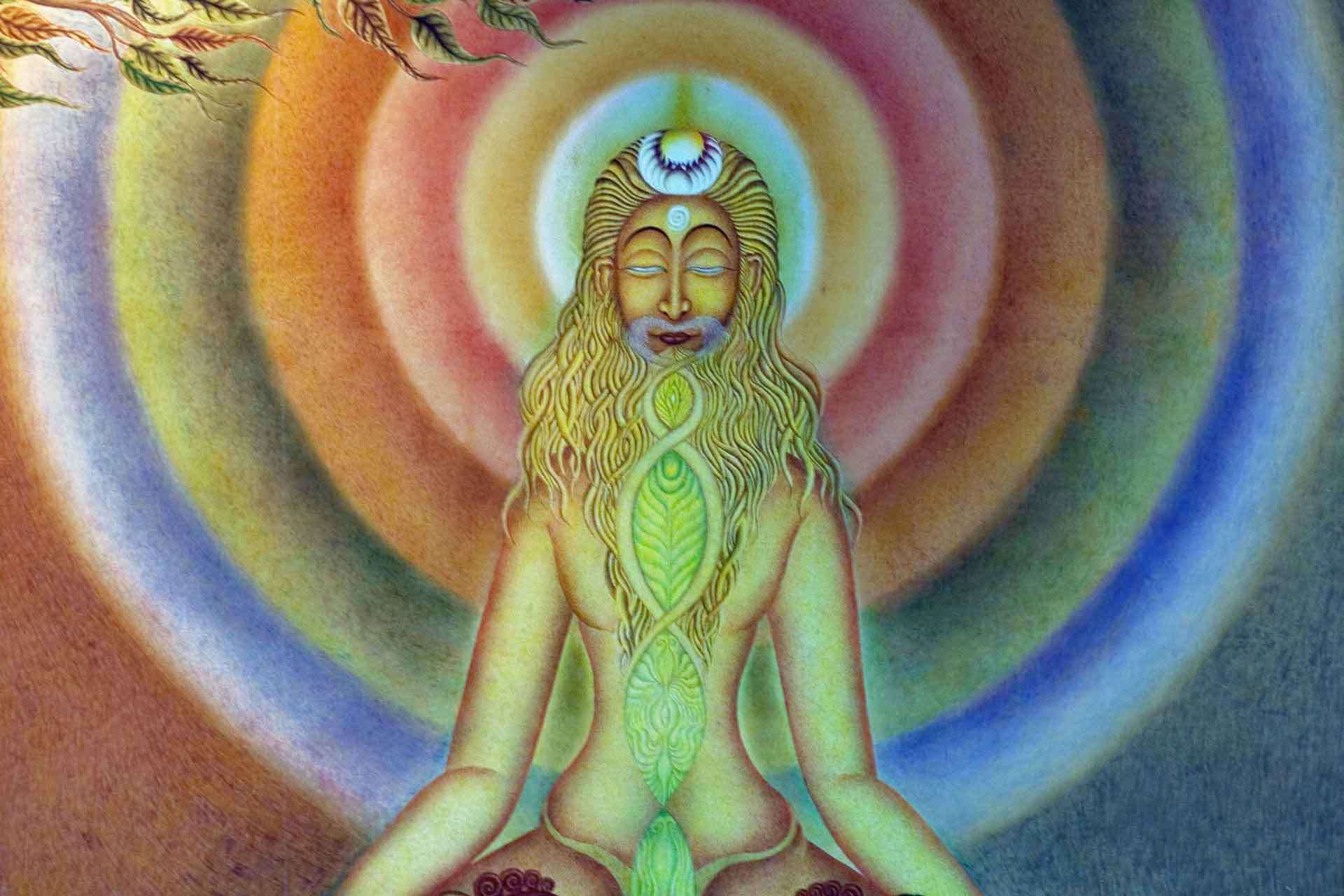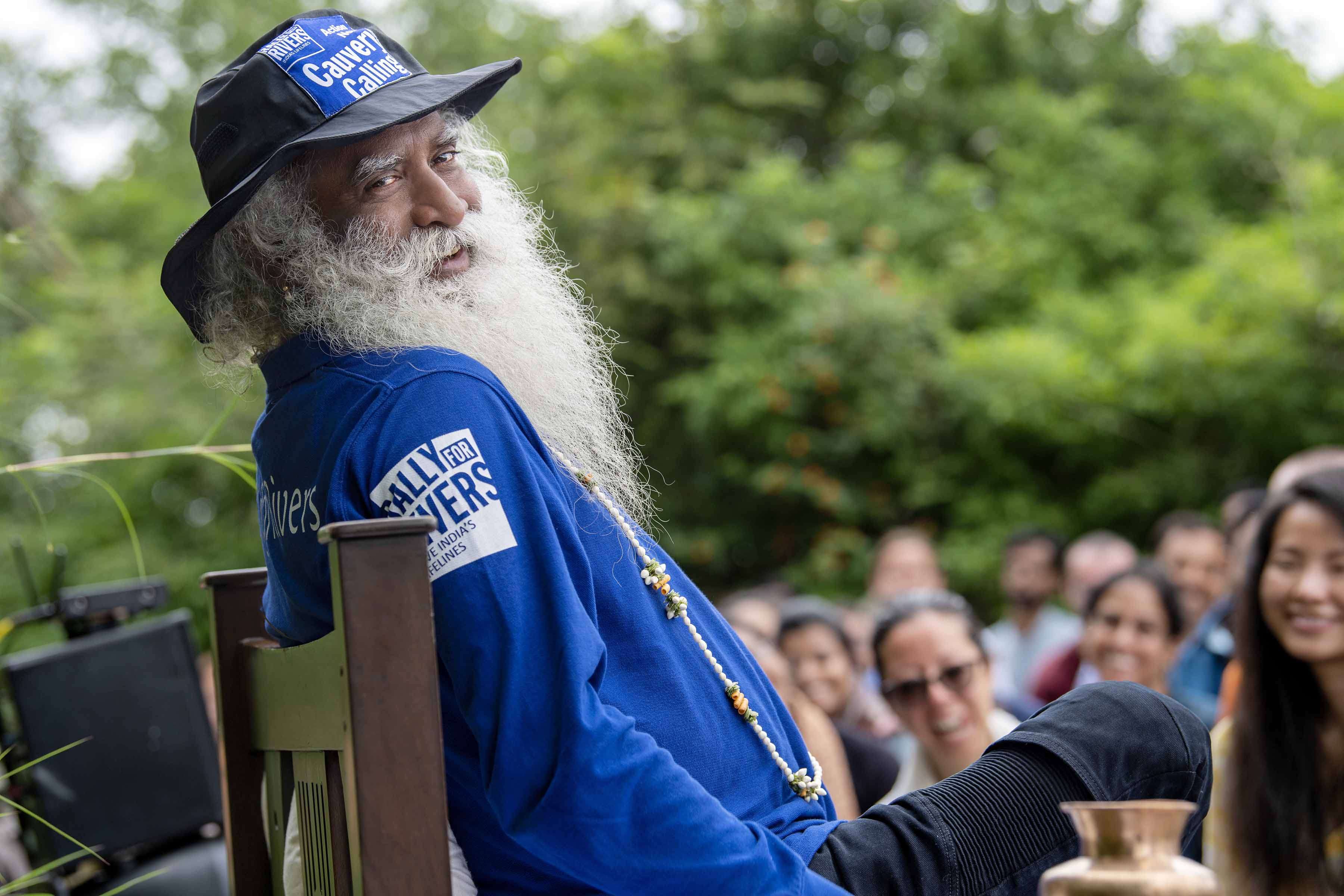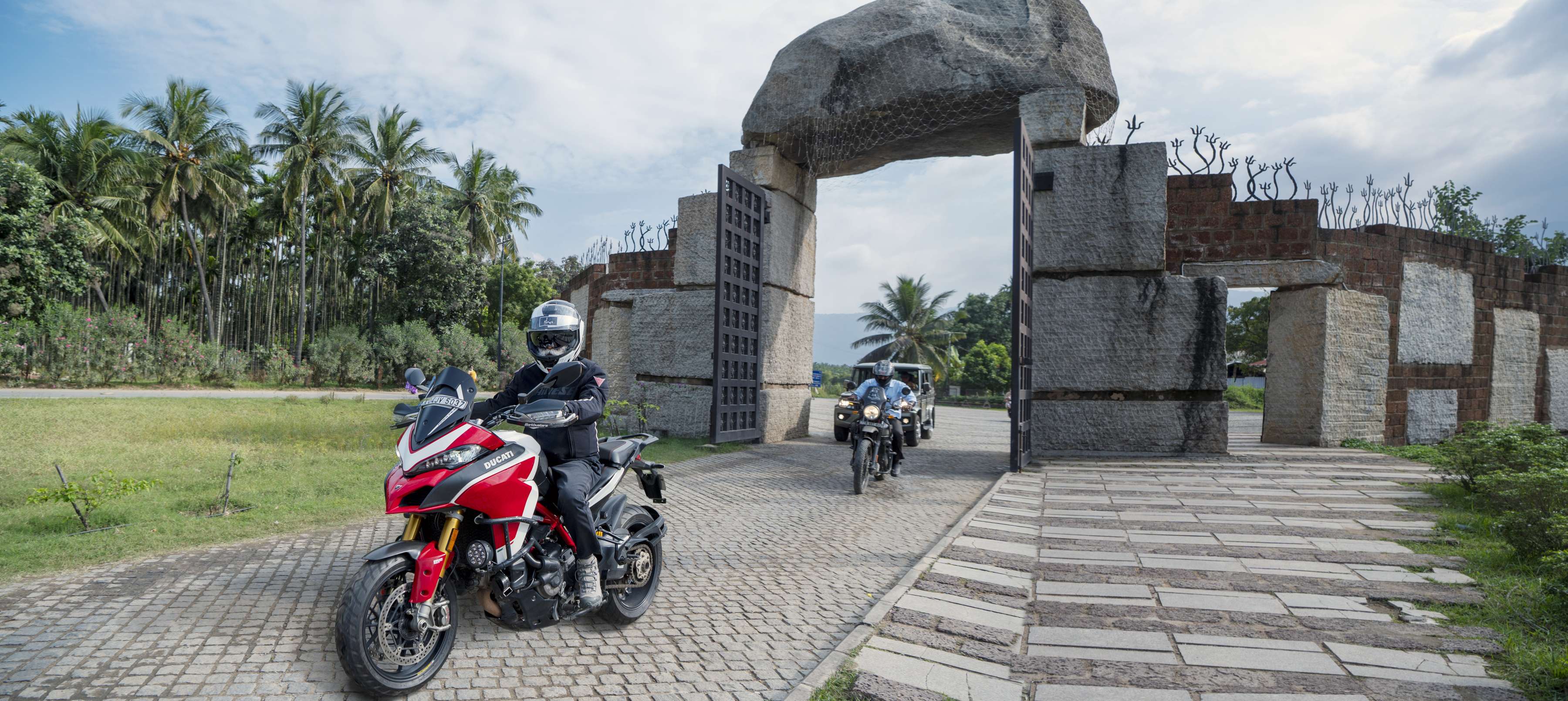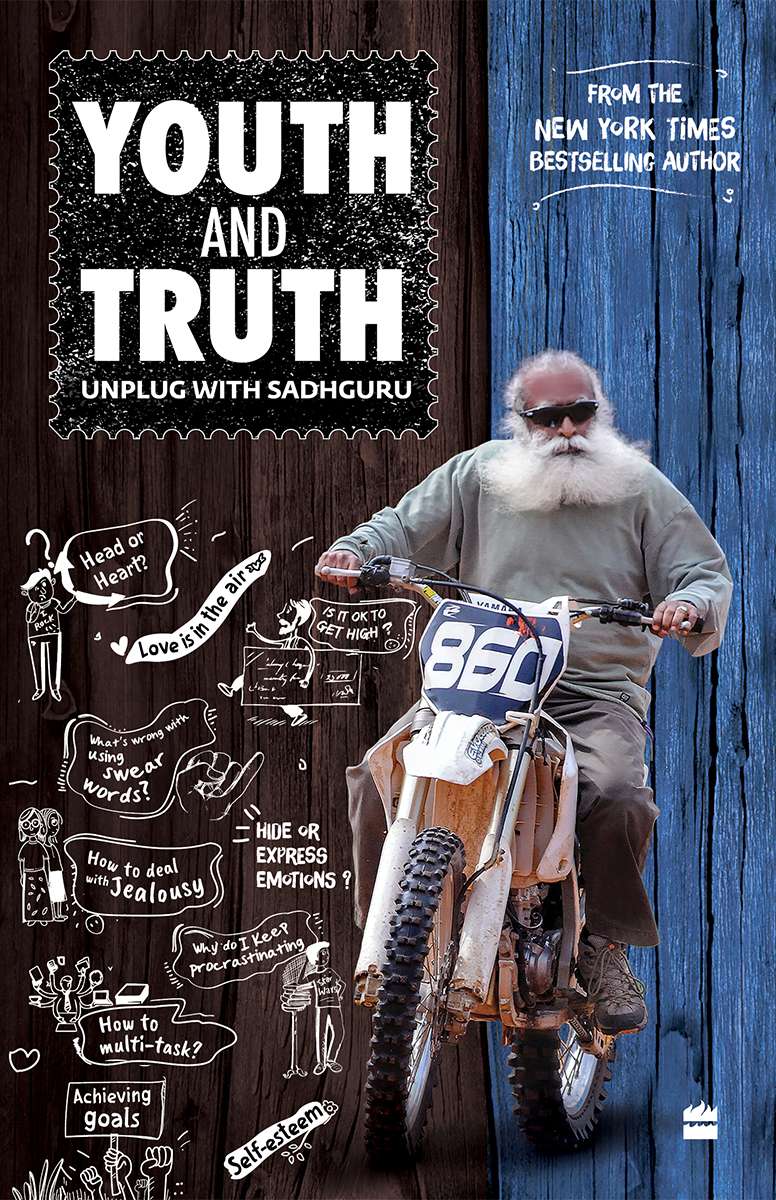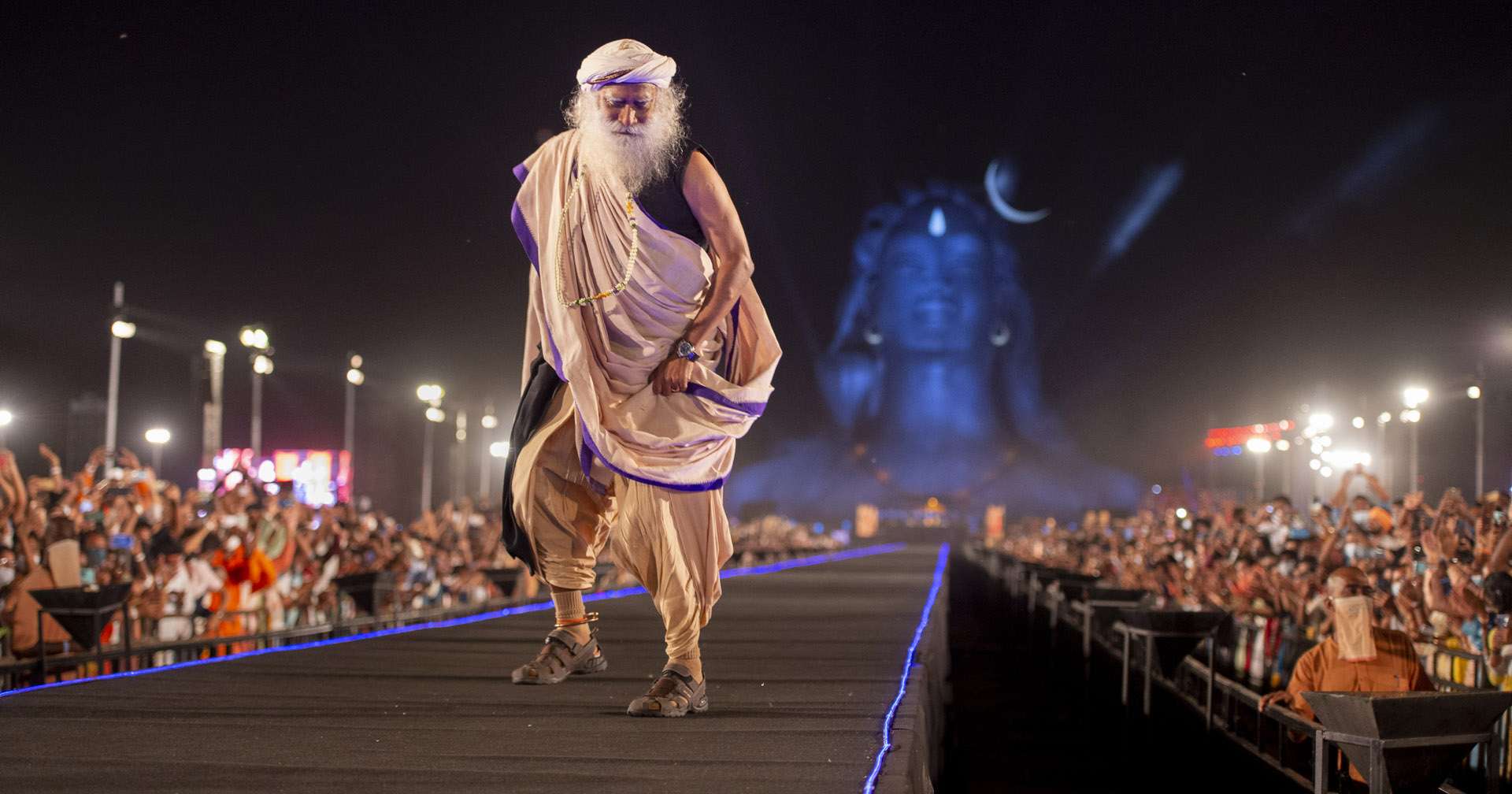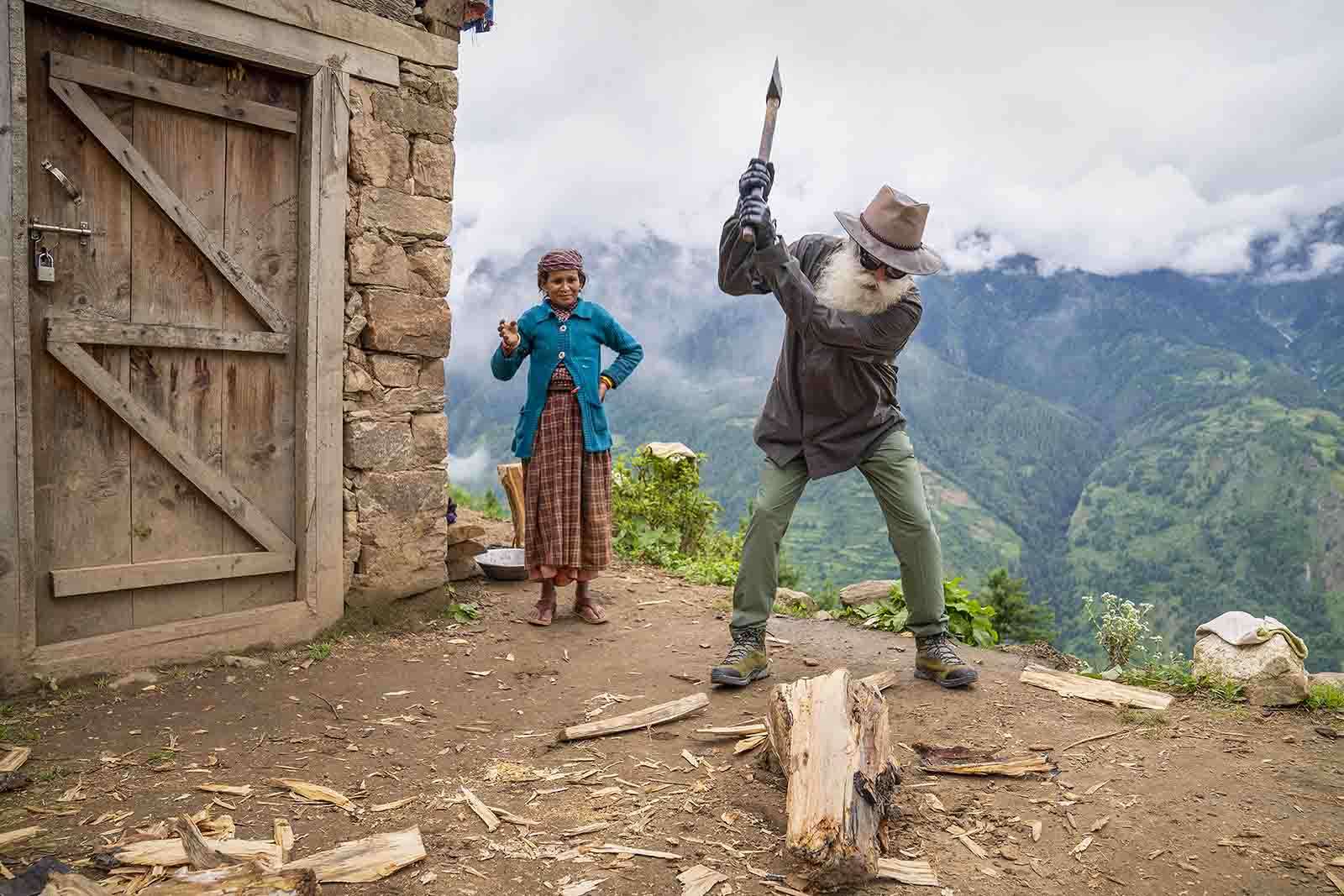An Offering Beyond Oneself
Bright, graceful, and sharp, sitting in the afternoon sunlight, Sayujya and Srimalli speak softly about a tremendous wave that is gathering momentum. Both have imbibed Bharatanatyam – one of the most intricate classical Indian dance forms – since they joined Isha Samskriti at the ages of nine and ten. Now, through Project Samskriti, they are offering it to the world.
At first, neither of the two dedicated and accomplished dancers was very inclined towards performing arts. “Everybody chose dance, so I also did,” Srimalli shares with a laugh. But as they purely focused on dance and music for almost eight years, their experience grew and transformed. Srimalli adds, “At the outset, it was not easy. It needed a lot of strength and stamina. But later on, I realized there’s something more beyond that. You get to be something that you cannot be otherwise, and it gives a certain joy. The most challenging part is we have to always look at everything anew – only then are we able to give our best.”
Speaking about her experience of Bharatanatyam, Sayujya says, “For me, initially it was just about the visuals and the colors. But as I kept practicing, I realized I feel really free when I dance. It lets me explore, and I find that really beautiful and inspiring.” It’s this spirit of dance, the joy, and the subtler experience of life that they seek to share with the world through Project Samskriti – a one-of-its-kind platform.

